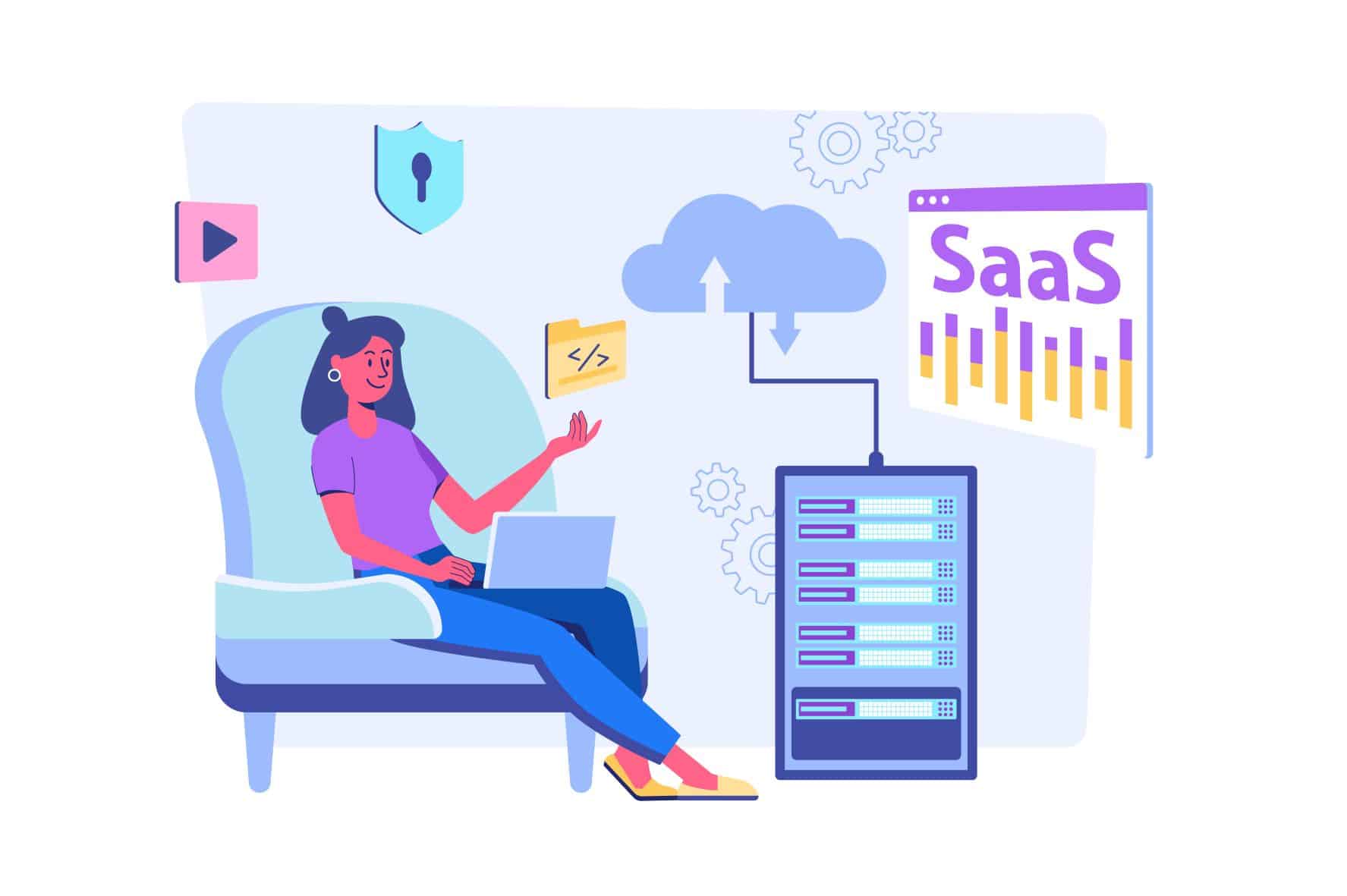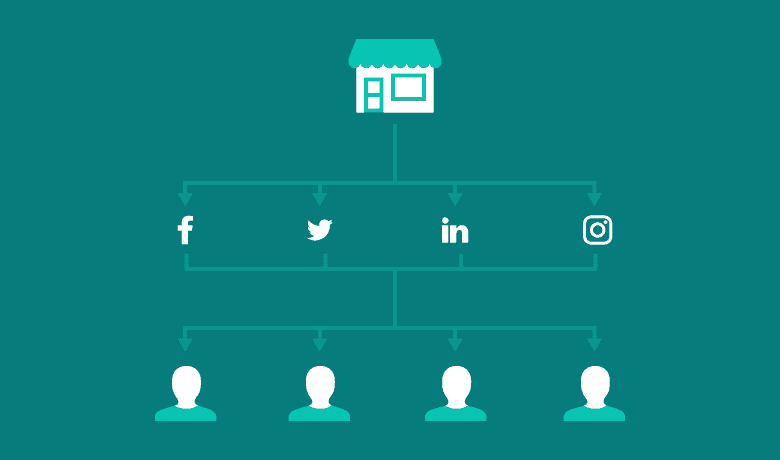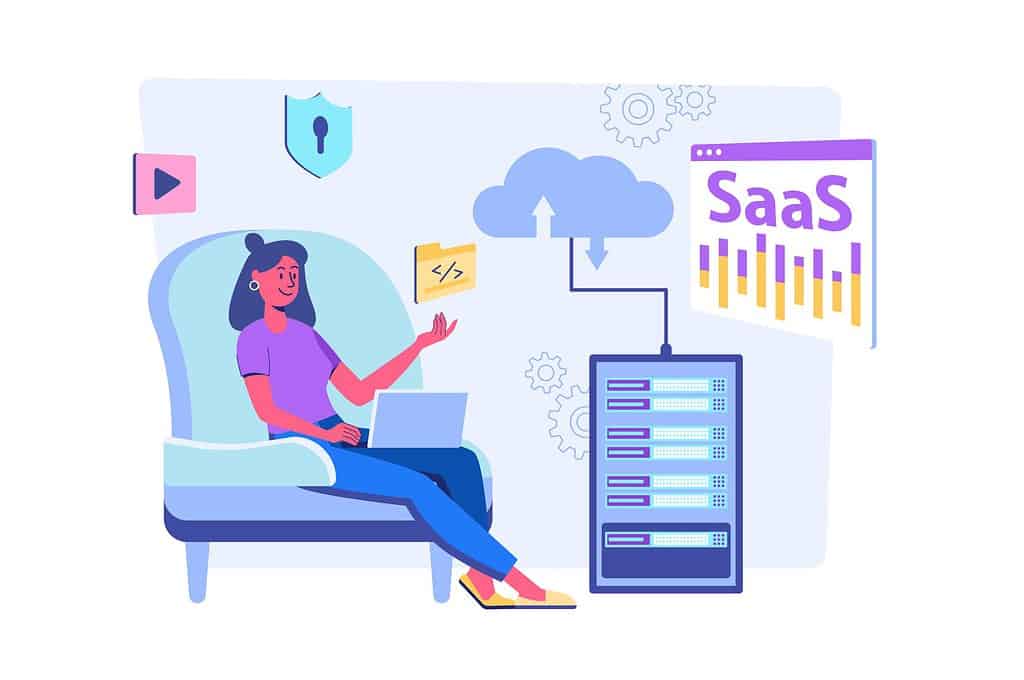Introduction: The Role of Email Segmentation in Targeting
Email segmentation is a critical component in targeted marketing. In its most basic form, segmentation is the process of dividing your email list into smaller, more targeted groups. It’s a practice that allows marketers to send more personalized, relevant content to subscribers, improving engagement, boosting conversions, and enhancing customer relationships.
The power of email segmentation lies in its ability to cater to the specific interests and needs of your audience. It takes into consideration the varied personas within your customer base, making it possible to send targeted messages that resonate deeply with the recipients.
Here’s a brief overview:
- Email Segmentation: It refers to the practice of dividing an email list into distinct groups or segments based on shared characteristics.
- Importance in Targeted Marketing: Segmentation enables more personalized communication, driving higher open rates, click-through rates, and conversions.
- SEO Focus Keyword: Email Segmentations
Understanding the Concept of Email Segmentation
Email segmentation is more than just a buzzword in the digital marketing landscape. It’s a proven strategy that has shown to significantly improve key email marketing metrics. At its core, segmentation is about understanding your audience better, to deliver more relevant, personalized content.
Segmenting your email list provides several key benefits:
- Increased Engagement: Tailored content tends to generate higher open and click-through rates.
- Improved Conversion Rates: More relevance and personalization often lead to higher conversion rates.
- Better Customer Retention: Customized communication helps build stronger relationships, increasing customer loyalty and retention.
Criteria for Email Segmentation
There’s no one-size-fits-all approach to email segmentation. The criteria for segmenting your email list will largely depend on your specific business needs, audience characteristics, and marketing goals. However, there are some common segmentation criteria that most businesses find useful:
- Demographics: Including age, gender, location, etc.
- Purchase History: What products or services a customer has bought in the past.
- Website Behavior: How users interact with your website, such as the pages they visit, the content they engage with, etc.
How to Segment Your Email List
Segmenting your email list involves several steps, and the process can be as simple or complex as you need it to be. The first step is to collect data about your subscribers, which can be done through signup forms, surveys, or tracking user behavior on your website. Once you have enough data, you can start to identify patterns and create distinct segments based on shared characteristics.

Crafting Targeted Content for Segmented Groups
Once you have your segments defined, the next step is to create content tailored to each group. This involves understanding the unique needs, interests, and pain points of each segment, and crafting your messages accordingly. The ultimate goal is to deliver value to each subscriber, increasing the chances of engagement and conversion.
Using Segmentation for Personalization
Segmentation is a powerful tool for personalization. By understanding the unique characteristics of each segment, you can personalize your emails to speak directly to the individual needs and preferences of your subscribers. This can involve personalizing the email subject line, the content, or even the product recommendations based on past purchase history.
Testing and Optimizing Segmentation Strategies
Like any other marketing strategy, email segmentation needs to be tested and optimized over time. This involves conducting A/B tests to understand what works best for your audience, and continuously refining your segments based on the results. Key metrics to consider when evaluating your segmentation strategies include open rates, click-through rates, conversion rates, and unsubscribe rates.
Conclusion: Achieving Better Targeting Through Email Segmentation
Email segmentation is a powerful tool for better targeting in your email marketing efforts. By understanding your audience, segmenting your email list, and crafting personalized content, you can significantly improve your engagement rates, conversion rates, and overall marketing ROI. Remember to continuously test and optimize your segmentation strategies to keep up with changing customer needs and preferences. The power of better targeting through segmentation awaits you.










